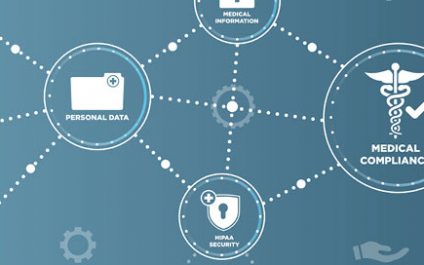Robust monitoring solutions provide commanding view of network operations.
In ancient Norse mythology, the god-king Odin presided over the universe from a magnificent golden throne — a towering perch with a view of the entire cosmos, which allowed him to see everything that happened among gods, giants, elves, dwarfs and men.













